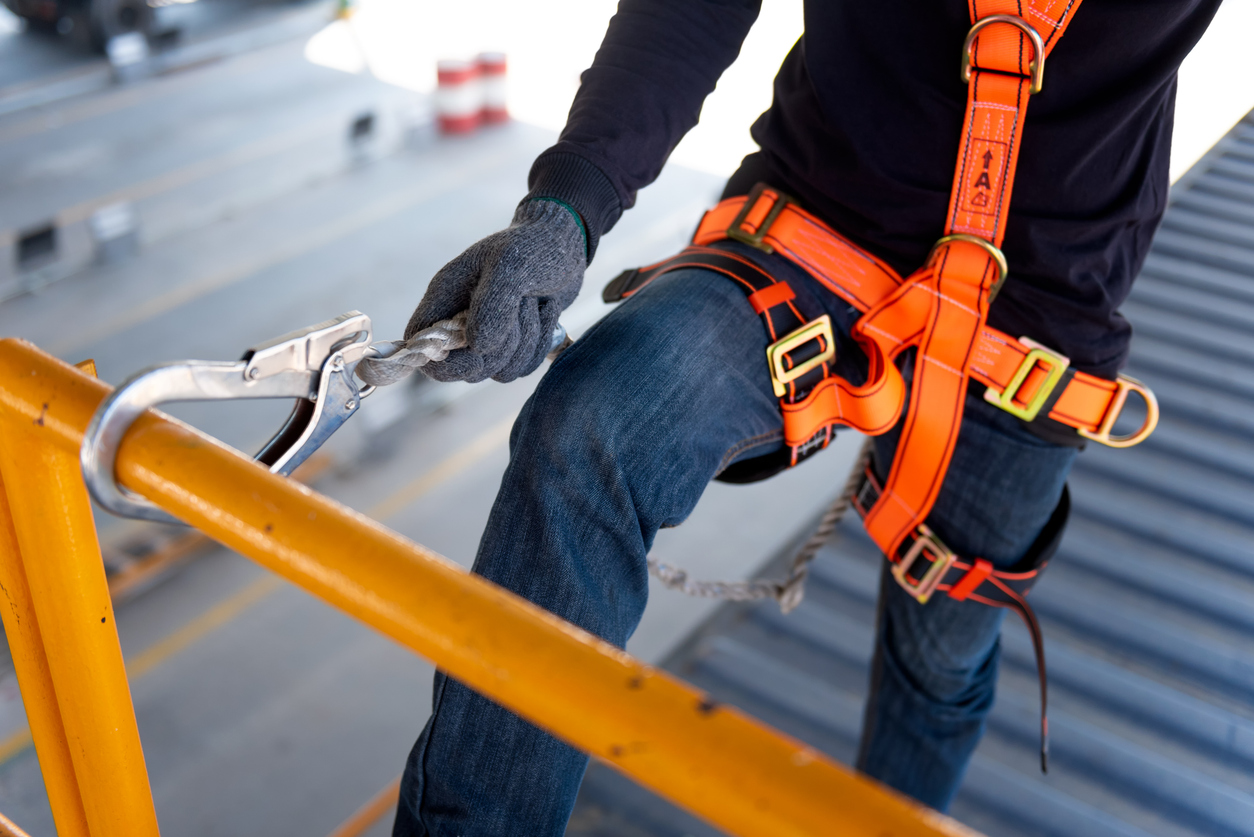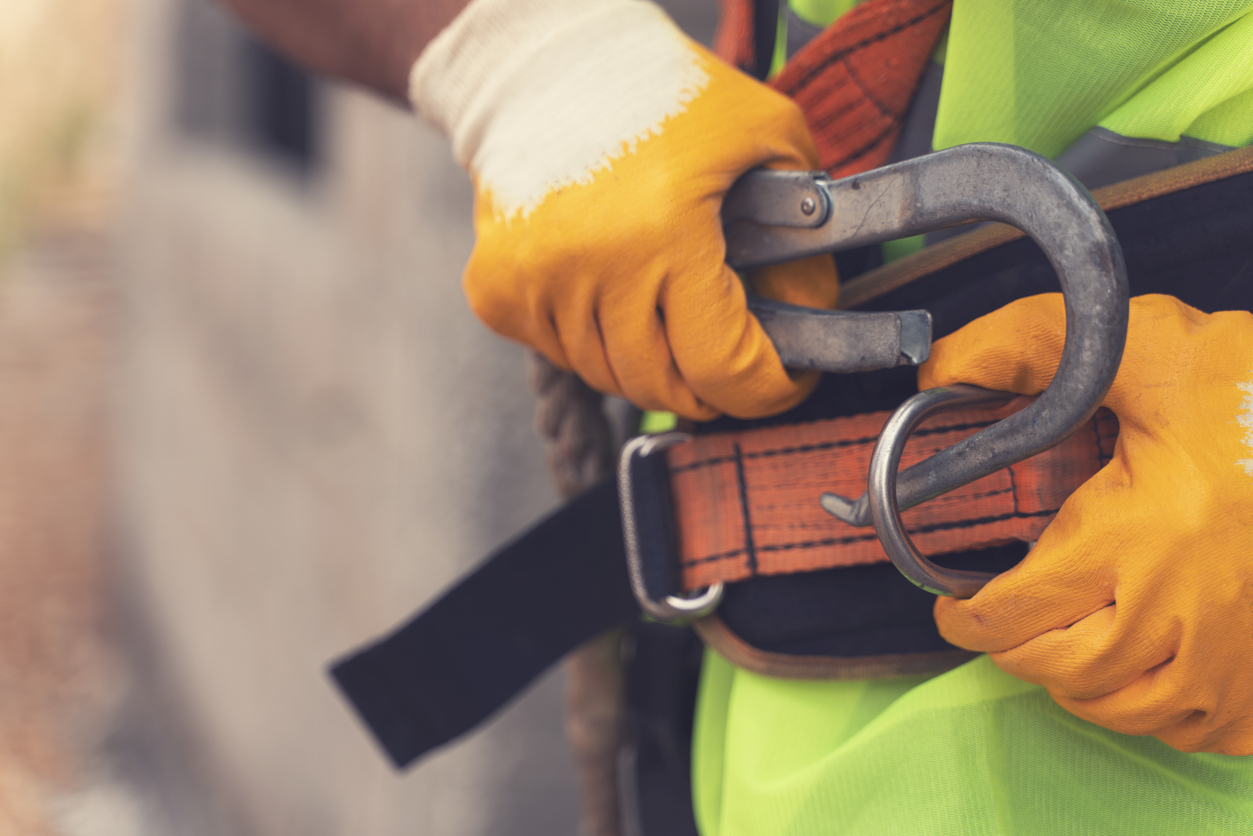Scaffolding plays a vital role in construction projects, providing temporary elevated platforms for workers to perform tasks safely at various heights. However, if not erected, used, or maintained properly, scaffolding can pose significant risks to workers and bystanders. In this article, we’ll explore some common scaffolding safety mistakes and provide practical tips on how to avoid them.
1. Inadequate Planning and Risk Assessment
One of the most common mistakes is failing to properly plan and assess risks before erecting scaffolding. Neglecting to consider factors such as the weight of materials, environmental conditions, and site-specific hazards can lead to structural instability and potential accidents.
How to Avoid This Mistake
- Conduct a thorough risk assessment.
- Develop a comprehensive scaffolding plan that considers the project’s specific requirements, site conditions, and safety regulations.
2. Improper Scaffold Assembly
Incorrect assembly of scaffolding components, such as improper connections, missing braces, or uneven base plates, can compromise the structural integrity of the entire system, increasing the risk of collapse or falls.
How to Prevent This
- Ensure scaffolding is assembled by trained and competent personnel.
- Follow the manufacturer’s instructions and industry best practices.
- Conduct regular inspections during assembly to identify and rectify any issues promptly.
3. Overloading or Improper Loading
Overloading scaffolding with excessive weight or improperly distributing loads can cause instability, leading to potential collapses or falls. Understanding and adhering to the scaffolding’s load-bearing capacity and distributing materials evenly across the platform are crucial.
How to Avoid This Mistake
- Never attempt to build scaffolding without the necessary qualifications.
- Follow the SG4 (Scaffolding Guidance) and TG20 (Technical Guidance) standards.
- Have a fully qualified engineer design the scaffolding structure
4. Lack of Fall Protection
Failing to provide adequate fall protection systems, such as guardrails, personal fall arrest systems, or safety nets, can result in serious injuries or fatalities in the event of a fall.
How to Mitigate This Risk
- Ensure appropriate fall protection measures are in place.
- Train workers on the proper use of fall protection systems.
- Conduct regular inspections to identify and address any deficiencies in fall protection systems.
5. Inadequate Maintenance and Inspection
Neglecting regular maintenance and inspections can lead to undetected damage, wear, or deterioration of scaffolding components, increasing the risk of structural failure or accidents.
How to Avoid This Mistake
- Implement a comprehensive maintenance and inspection program.
- Regularly check for damage, wear, and proper assembly.
- Ensure any identified issues are promptly addressed.
- Replace scaffolding components when necessary.
By addressing these common scaffolding safety mistakes and implementing best practices, construction companies can significantly reduce the risk of accidents and ensure a safer working environment for their employees and the public. Remember, scaffolding safety should be a top priority on every construction site.




